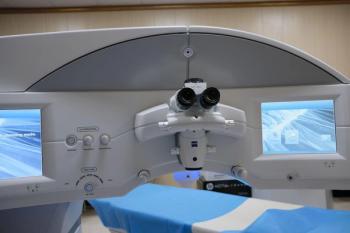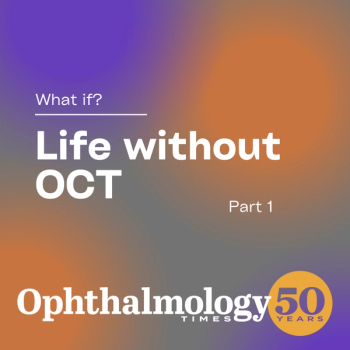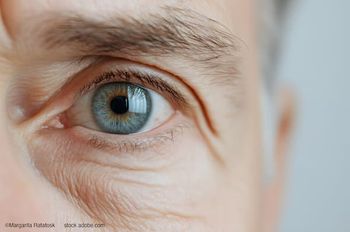
Adherence links to patient, physician
Initial results from the Glaucoma Adherence and Persistence Study confirmed poor patient adherence with prescribed glaucoma medication therapy and identified lack of motivating concern and a doctor-dependent learning style as independent predictors of poor adherence. New analyses provide insight on the features of patients who possess these characteristics and patterns of physician communication associated with adherence.
Key Points
New York-Results of new analyses from the Glaucoma Adherence and Persistence Study (GAPS) provide further evidence about the importance of patient-centered communication techniques for improving therapy adherence but also show that behaviors consistent with patient-centered communication rarely are practiced by physicians, said Steven R. Hahn, MD.
The fundamental message from the findings is that physicians must (1) assess whether patients possess an understanding of the future consequences of glaucoma that will imbue them with a "motivating concern" about the adverse consequences of nonadherence, and (2) identify patients who are "doctor-dependent learners" who have a passive learning style, who are less likely to understand the disease truly, and who should receive more careful attention in communication and education.
"Accomplishing these goals can be achieved using counseling strategies that include open-ended questions, including, "In your own words, what is your understanding and concern about glaucoma and its outcomes if it is not adequately treated?" said Dr. Hahn, professor of clinical medicine and instructor in psychiatry, Albert Einstein College of Medicine, Yeshiva University, New York.
The initial GAPS analyses were based on data collected from interviews of 103 ophthalmologists and 300 of their patients selected to assemble a balanced sample of each of the three commercially available prostaglandin analogs.
A pharmacy claims database supplying information on actual days of supply of dispensed medication was used to determine levels of adherence among the patients, calculated as the medical possession ratio.
The initial results showed that adherence was poor overall-on average, patients possessed only enough medication to take two-thirds of the doses they had been prescribed, slightly more than half were taking no more than half the medication they should, and more than half of the patients had stopped and then restarted their medication after a significant gap.
A multivariate analysis identified lack of motivating concern and doctor-dependent learning behavior as independent predictors of poor adherence to prescribed therapy.
"Both this lack of concern and the doctor-dependent learning style are relevant to patterns of communication between doctors and patients because patients' concern about their glaucoma is based on what they know about the consequences of the disease," Dr. Hahn said. "Data from GAPS showed the physician plays a significant role in educating the majority of patients about glaucoma and an exclusive role in educating one-third of patients."
Re-examining the data
New analyses sought to identify patterns of physician communication associated with therapy adherence and were based on data from 87 participating physicians who contributed four or more patients each. The physicians were queried about how they approached their discussions of adherence with their patients, beginning with an open-ended question asking them to state what they say to patients.
Analyses of the information provided showed the importance of patient-centered communication for promoting therapy adherence but that it was conducted rarely. Based on the responses to the open-ended question, only 15 physicians were identified who indicated they tried to elicit the patients' understanding of their illness and who thought this conceptual model was important.
The patients belonging to this subgroup of physicians had significantly better adherence than the patients of physicians who did not follow this approach. Spontaneously acknowledging to patients how difficult it is to take medication also was identified as a self-reported communication behavior associated with better adherence.
"Our study also found that various strategies predicted by theoretical models as important for promoting adherence were being used spontaneously by a minority of physicians. Those included not having a judgmental attitude when asking patients about their medication use, encouraging patients to ask questions, and building on the patients' understanding of their disease and medication," he said.
"When physicians were presented with various effective strategies, their responses showed they would almost universally endorse the techniques," he said. "However, ours and other studies of physician communication behaviors document that what physicians may recognize as desirable communication strategies do not correspond to actual clinical practice."
Newsletter
Don’t miss out—get Ophthalmology Times updates on the latest clinical advancements and expert interviews, straight to your inbox.


















































.png)


